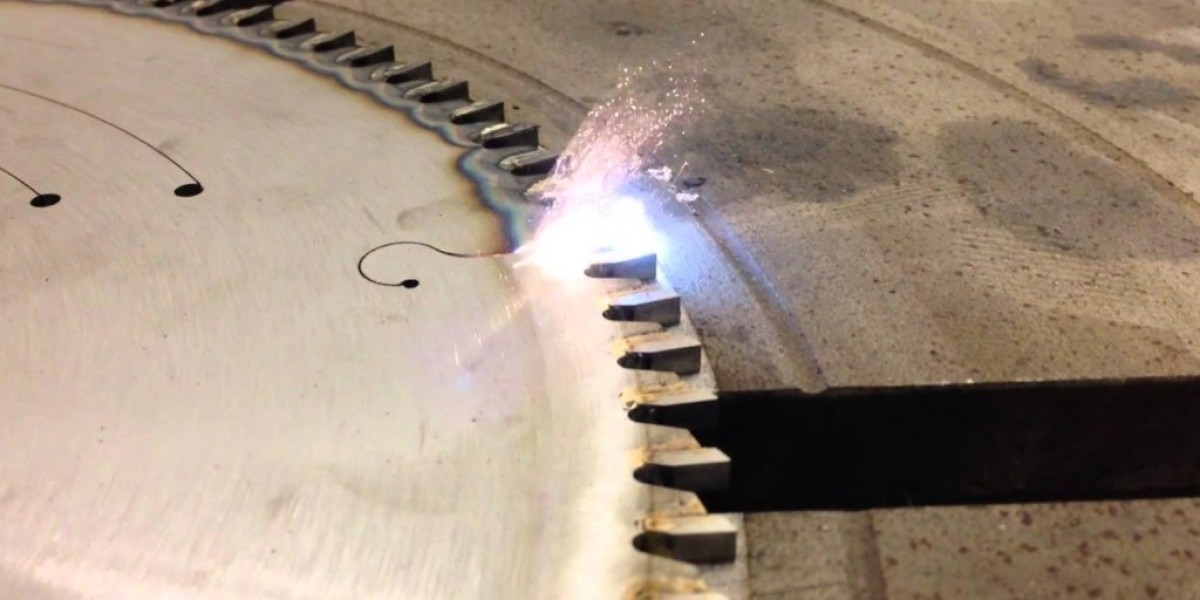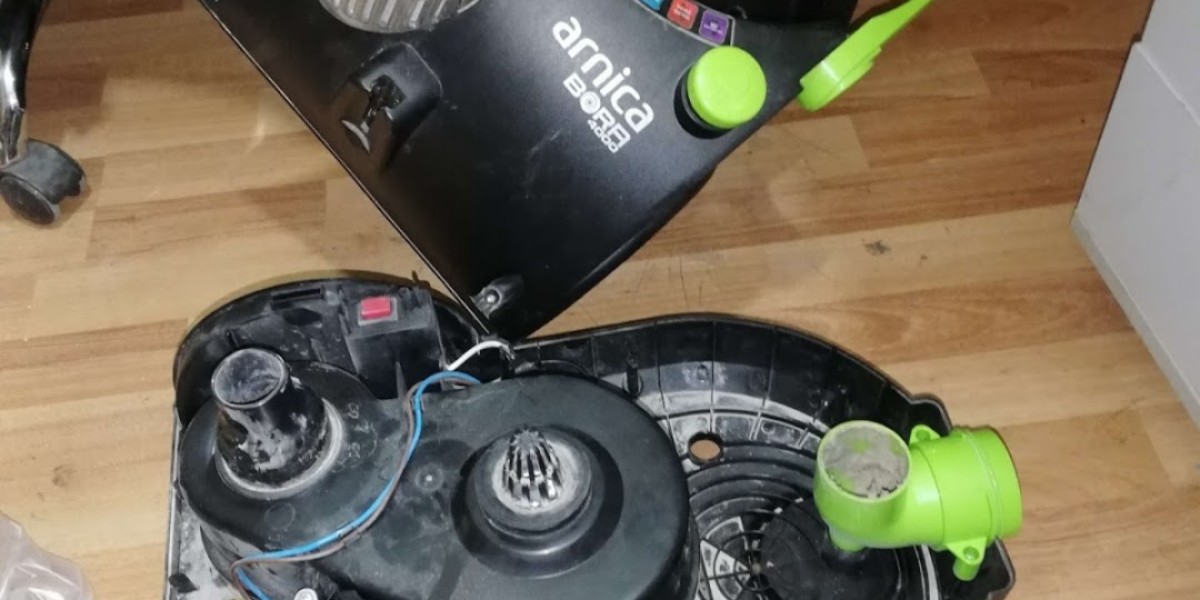Metal surfaces are used across industries in everything from automotive parts and ship hulls to aerospace components and manufacturing tools. These surfaces are frequently exposed to rust, oxidation, old coatings, grease, and other stubborn contaminants. When it comes to restoring these surfaces without compromising their integrity, one method continues to gain attention — laser cleaning metal.
This modern cleaning approach is rapidly replacing traditional methods like sandblasting, chemical stripping, and abrasive cleaning. But can it really remove years of corrosion, grime, and coatings without damaging the surface? Let’s explore the process of laser cleaning metal in detail, look at its applications, and understand why it's becoming a preferred technique across industries.
What Is Laser Cleaning Metal?
Laser cleaning metal is a process that uses a focused laser beam to eliminate unwanted materials from a metal surface. The laser delivers precise energy pulses to the contaminant layer, causing it to vaporize or disintegrate into dust or gas, leaving the base metal underneath clean and intact.
This process relies on the principle of laser ablation. The laser beam targets only the unwanted substances (like rust, oxides, paint, or oil), which have a different absorption rate than the metal surface. This differential in absorption ensures that the laser energy affects only the contaminant and not the metal itself.
How the Process Works
Laser cleaning begins with the setup of a handheld or robotic laser cleaning head. The operator adjusts the laser parameters such as wavelength, pulse duration, frequency, and power intensity to suit the type of contamination and metal surface.
Once activated, the laser beam sweeps over the metal surface in a controlled manner. The contaminant absorbs the laser energy, heats up rapidly, and is ejected as a plume of particles or gas. No abrasive contact or chemical reactions are involved, which preserves the base material.
Operators often wear protective eyewear and use ventilation systems to capture the removed particles and fumes. Despite the powerful action of the laser, the process can be performed safely and precisely, even in sensitive environments.
Applications of Laser Cleaning Metal
The laser cleaning metal process is being adopted in a wide variety of sectors. Below are some of the major industries where it’s transforming surface preparation and restoration practices:
Automotive and Transportation
In automotive production lines, laser cleaning is used to remove rust, weld residues, and paint before assembly. It’s also utilized in the restoration of classic cars where precision and metal preservation are crucial.
Aerospace and Aviation
Aircraft parts demand high levels of cleanliness and integrity. Laser cleaning metal is widely employed for pre-bonding surface preparation, paint stripping, and oxidation removal on engine components.
Manufacturing and Tooling
In manufacturing plants, machinery and molds accumulate grease, oxidation, and buildup. Laser cleaning is used for maintenance of tools, dies, and production lines, ensuring that precision instruments remain uncontaminated.
Heritage Restoration
Historical metal artifacts and monuments often require cleaning without physical damage. Laser cleaning metal has been successfully used to restore war memorials, sculptures, and coins by removing decades of tarnish without eroding the base.
Oil & Gas Industry
Pipelines and offshore rigs are exposed to extreme conditions leading to heavy corrosion. Laser cleaning systems are deployed for surface prep before recoating or welding, improving durability and reducing failure risks.
Environmental and Operational Aspects
Unlike chemical stripping or sandblasting, laser cleaning doesn't involve hazardous materials or produce secondary waste like sludge or used abrasive media. This makes it a cleaner alternative for environments with strict environmental standards. The only byproducts are gas and dust, which can be extracted using simple filtration systems.
In operations where downtime and precision matter, laser cleaning metal helps minimize interruptions. The equipment can be deployed quickly and often requires minimal setup, especially when using portable handheld laser cleaners.
Factors to Consider Before Choosing Laser Cleaning Metal
Laser cleaning systems come in various power ranges and configurations. While lower-wattage systems are ideal for delicate applications like electronics or artwork, higher-powered lasers are suited for industrial rust removal or paint stripping on large surfaces.
Before implementing the technique, one must consider:
Type of metal: Some metals like aluminum and stainless steel respond better to laser cleaning.
Contaminant type and thickness: Thick rust or multi-layered coatings may require multiple passes.
Surface area: Larger areas may need automated systems for efficiency.
Operating environment: Indoor vs outdoor conditions can influence the choice of portable or fixed systems.
Consulting with an expert vendor helps determine the right equipment and configuration for your cleaning goals.
Promotional Note for Businesses and Workshops
If your business handles metal restoration, manufacturing, or maintenance, adopting laser cleaning metal solutions could redefine how you manage surface preparation. Whether you’re working on automotive parts, factory machinery, or marine structures, laser cleaning offers a contactless, non-destructive, and highly accurate method to restore surfaces to their original condition.
Workshops and industrial facilities across the globe are upgrading their surface cleaning equipment to include laser systems. These systems not only improve operational efficiency but also align with modern sustainability and safety requirements. From compact 50W systems for small-scale repairs to powerful 2000W systems for heavy-duty industrial cleaning, there's a solution for every need.
Manufacturers and suppliers of laser cleaning machines often provide demonstrations, on-site setup, and after-sales support, ensuring your team is well-trained and the system operates smoothly.
Final Thoughts
Laser cleaning metal is not just a technological upgrade — it's a practical, powerful shift in how industries handle metal surface treatment. From rust-covered bolts to massive corroded pipelines, this method enables precise, residue-free cleaning while preserving the original metal integrity.
With increasing adoption across sectors, it's clear that this technique offers a versatile, scalable, and efficient approach to dealing with decades of dirt, grime, and corrosion. Whether you’re restoring a historical artifact or preparing aircraft components for inspection, laser cleaning metal is a solution worth considering for the future of metal surface care.






